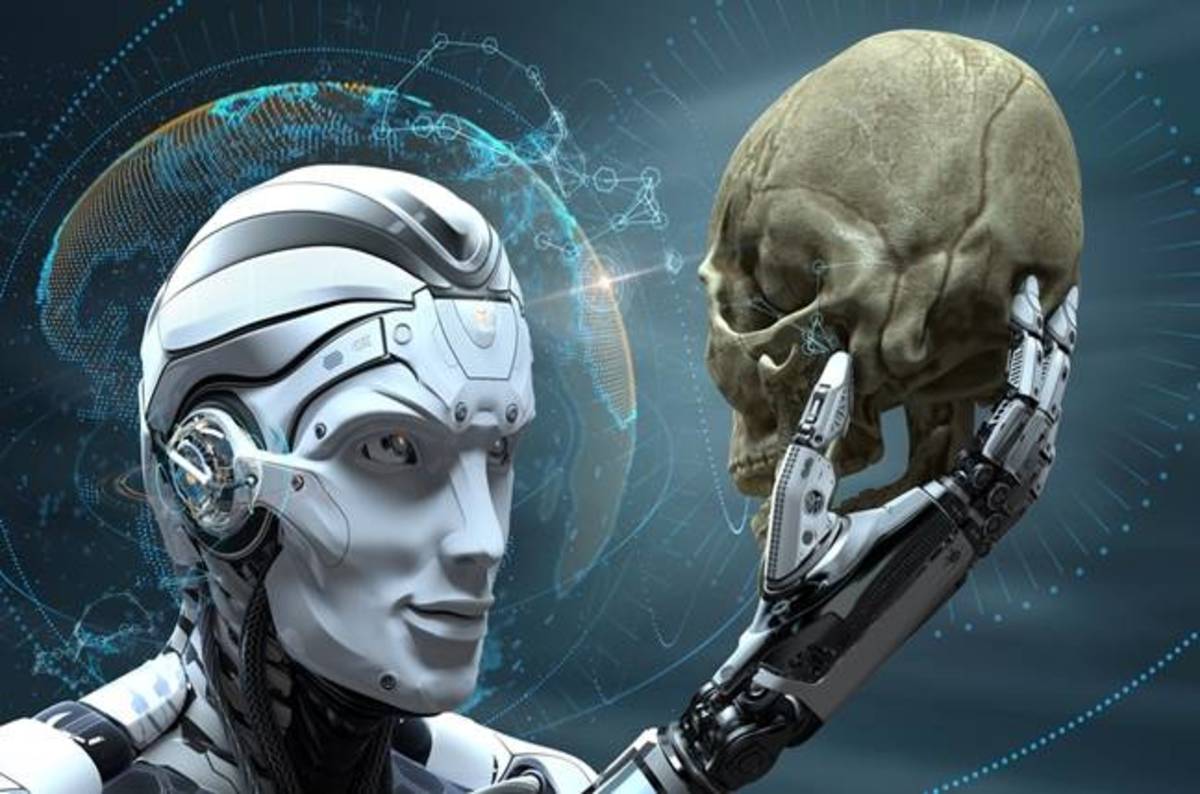In the not so distant future autonomous vehicles may rule the road. Could the ability of fish to swim together provide insights for engineers to make automated driving safer?
“One thinks about autonomous cars in isolation. But what is also important is the information which is being shared between cars,” Trevor Worthington, Shanghai-based vice president for product development at Ford Asia Pacific, told journalists this week at the Beijing auto show.
“For example, I’m a car driver now on the road, I don’t know whether it’s a dog or a person (in front of me). But that other car has a much better view and knows it’s a dog. So, if it was able to share information with me…” that could help avoid an accident, he said.









